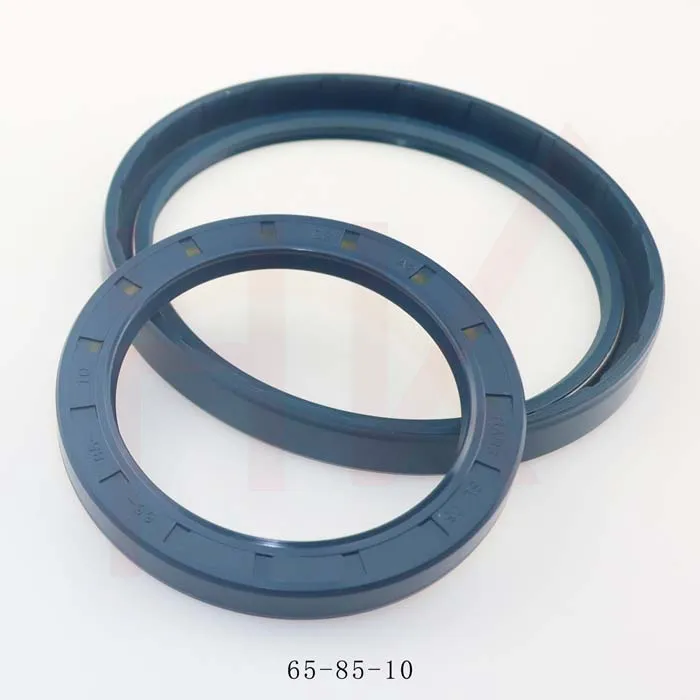okt. . 18, 2024 12:05 Back to list
Understanding Wheel Seal Oil Importance, Types, and Maintenance Tips
Understanding Wheel Seal Oil A Vital Component for Vehicle Maintenance
Wheel seals play a critical role in the performance and longevity of vehicles, particularly in the areas of safety and reliability. One of the essential aspects of wheel seals is their interaction with wheel seal oil. This article delves into the importance of wheel seal oil, its functions, and best practices for maintenance.
What is Wheel Seal Oil?
Wheel seal oil is a lubricant specially formulated to protect the wheel bearing assemblies of vehicles. It serves multiple purposes, including reducing friction, preventing wear, and ensuring a smooth operation of wheel movement. The primary component of wheel seal oil is typically a high-quality base oil, which may be enhanced with additives to improve its performance properties, such as anti-wear agents, rust inhibitors, and thermal stability.
Why is Wheel Seal Oil Important?
The primary function of wheel seal oil is to provide lubrication to the bearings and other moving parts within the wheel assembly. Proper lubrication reduces friction, which can lead to overheating and premature wear of the components. This is especially crucial in heavy-duty applications, such as trucks and trailers, where the stress on wheel bearings is significantly higher.
Moreover, wheel seal oil helps in forming a protective barrier that prevents moisture, dirt, and other contaminants from entering the bearing housing
. This contamination can cause severe damage to the bearings and other components, leading to costly repairs and increased downtime for the vehicle.Signs of Wheel Seal Oil Issues
Recognizing the signs of wheel seal oil issues is essential for vehicle maintenance. Some common indicators include
wheel seal oil

1. Unusual Noises If you hear grinding or whining noises coming from the wheels, it may indicate a lack of lubrication. 2. Overheating Excessive heat around the wheel area can suggest inadequate oil levels or contamination. 3. Visual Inspection Check for signs of oil leaks around the wheel seal. Leaking oil can reduce the lubrication effect and allow contaminants to enter.
Best Practices for Wheel Seal Oil Maintenance
1. Regular Inspections Regularly check the wheel seals and associated components for signs of wear, damage, or contamination. Routine maintenance can identify potential issues before they become severe.
2. Oil Replacement Follow the manufacturer’s recommendations for oil change intervals. Using high-quality wheel seal oil and replacing it as needed can prevent premature wear and tear on the bearings.
3. Sealing Integrity Ensure that the wheel seals are intact and properly fitted. Damaged or improperly installed seals can compromise the effectiveness of the oil, leading to contamination.
4. Environmental Considerations For vehicles operating in harsh conditions or environments with high dirt and moisture exposure, consider using specialized wheel seal oils designed for extreme conditions.
Conclusion
In summary, wheel seal oil is an indispensable component in vehicle maintenance that contributes to the longevity and reliability of wheel assemblies. By understanding its functions, recognizing signs of issues, and adhering to best maintenance practices, vehicle owners can ensure optimal performance and safety. Investing in quality wheel seal oil and regular inspections can significantly enhance the lifespan of your vehicle’s wheel bearings, ultimately saving time and money in the long run.
-
TCN Oil Seal Metal Ring Reinforcement for Heavy Machinery
NewsJul.25,2025
-
Rotary Lip Seal Spring-Loaded Design for High-Speed Applications
NewsJul.25,2025
-
Hydraulic Cylinder Seals Polyurethane Material for High-Impact Jobs
NewsJul.25,2025
-
High Pressure Oil Seal Polyurethane Coating Wear Resistance
NewsJul.25,2025
-
Dust Proof Seal Double Lip Design for Construction Equipment
NewsJul.25,2025
-
Hub Seal Polyurethane Wear Resistance in Agricultural Vehicles
NewsJul.25,2025
-
The Trans-formative Journey of Wheel Hub Oil Seals
NewsJun.06,2025
Products categories
















